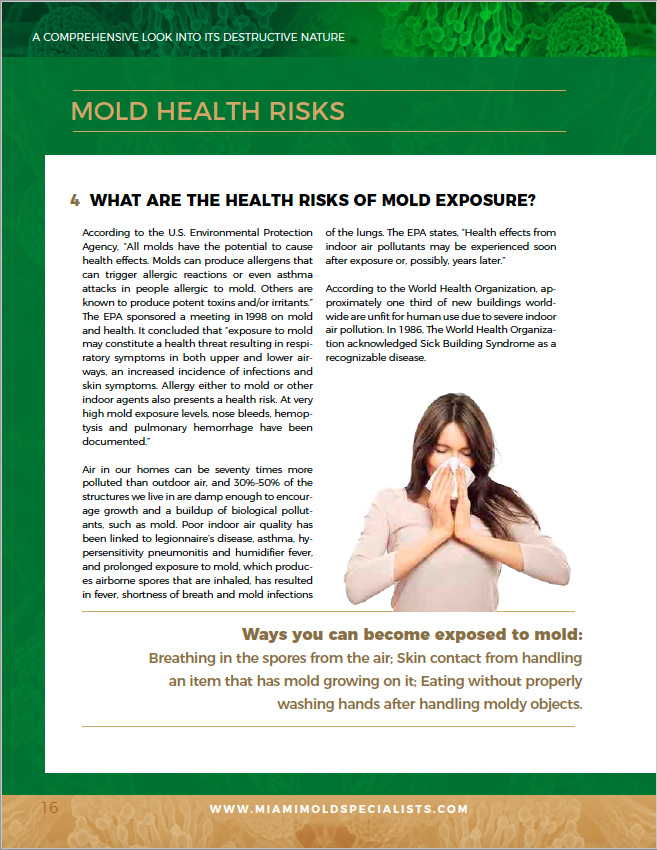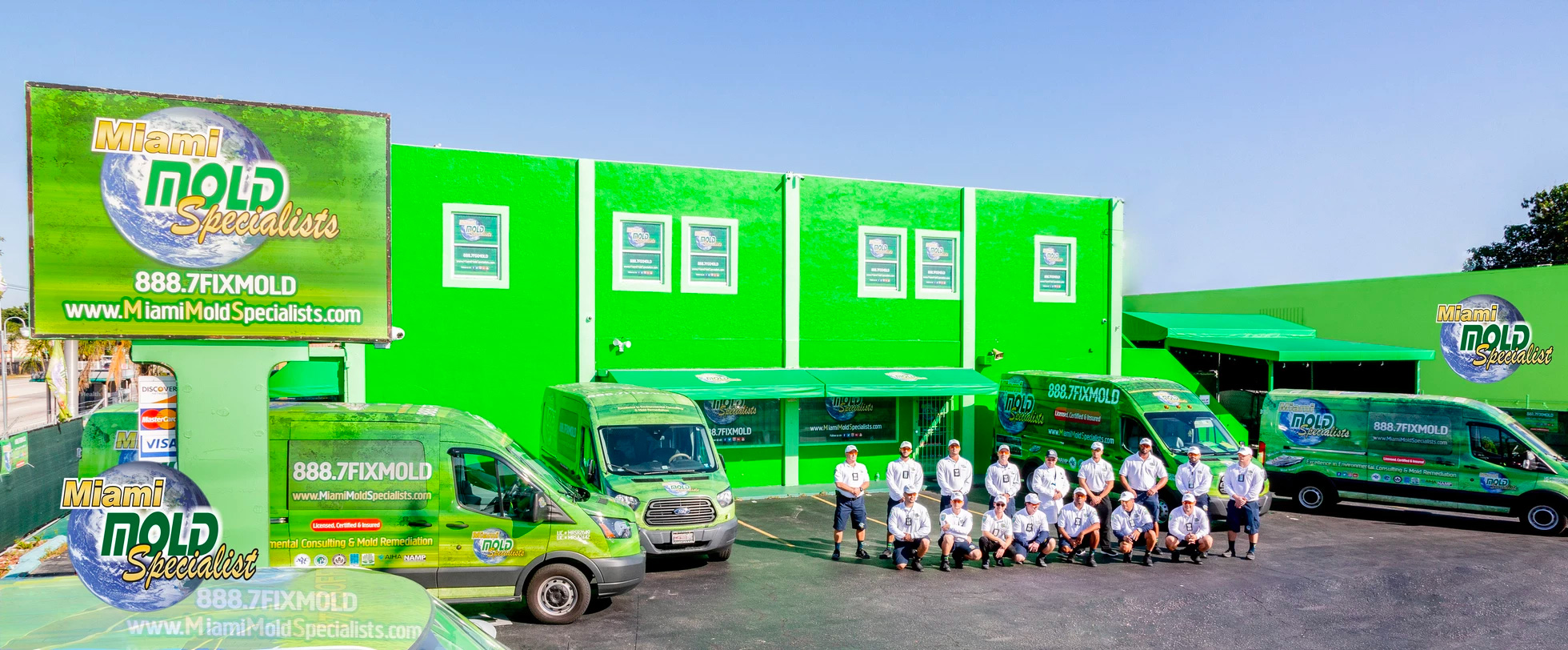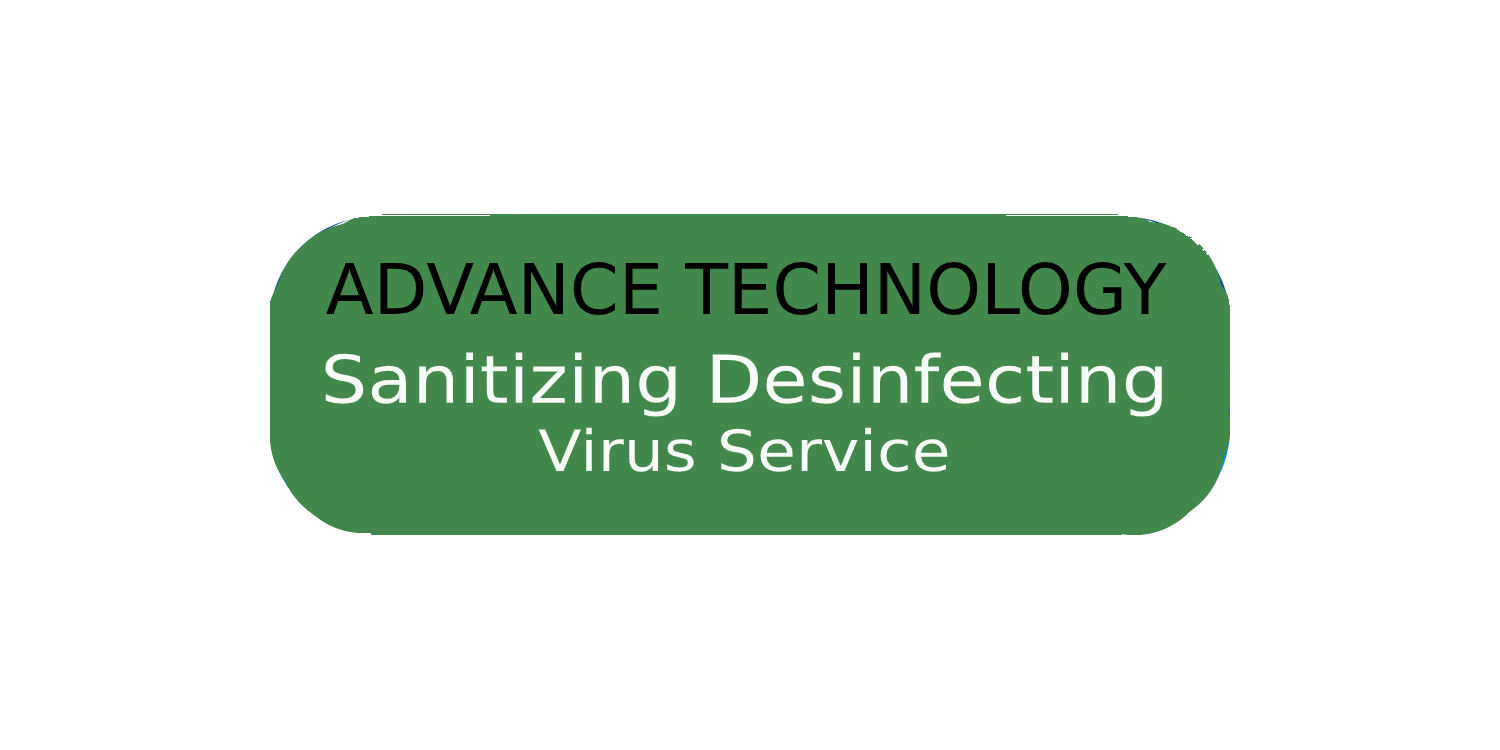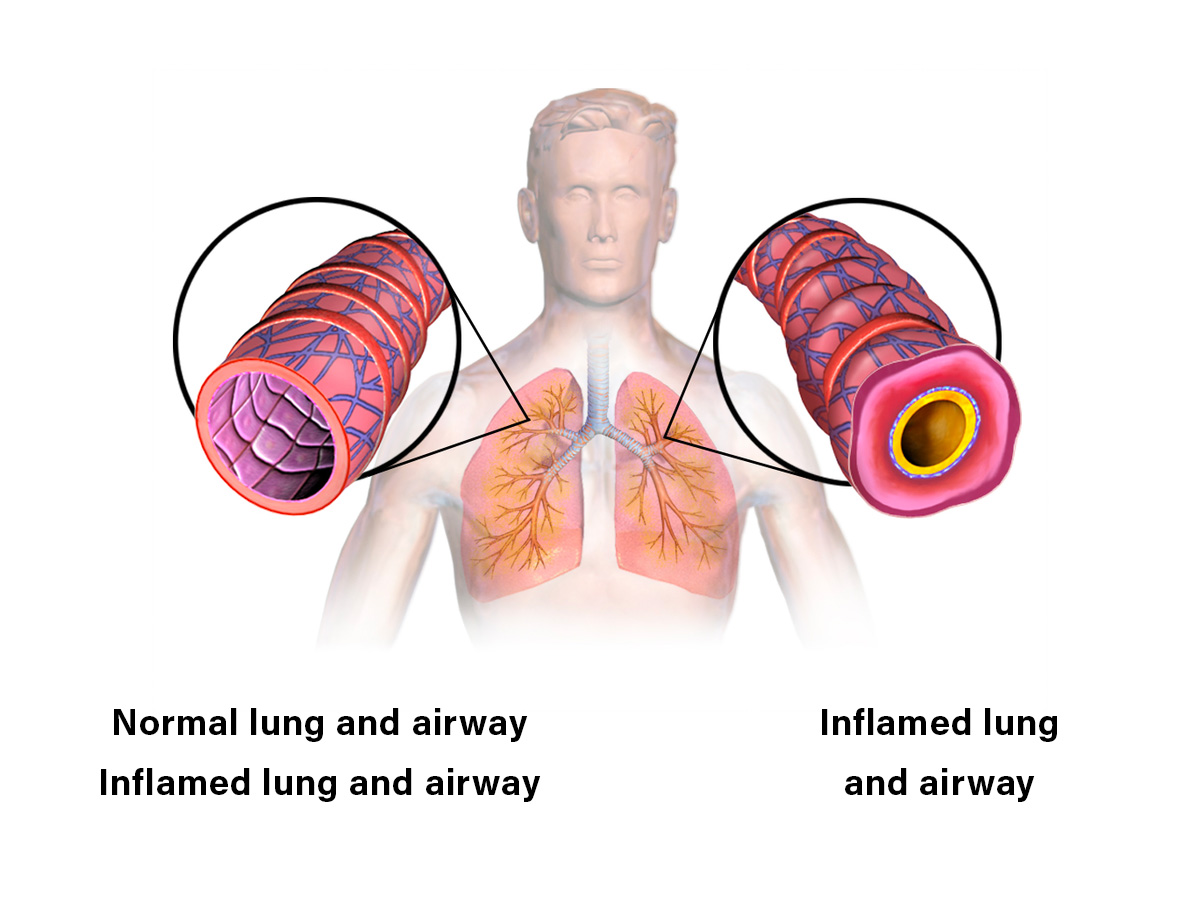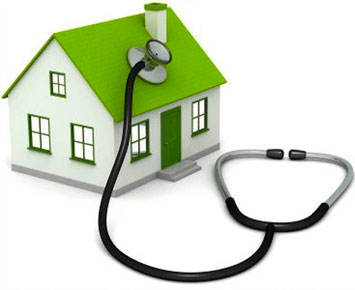GOT MOLD? FACTS & HEALTH RISKS
HOW DOES MOLD ENTER YOUR HOUSE OR WORKPLACE?
Mold and fungal spores occur naturally outdoors, where fungi are the earth’s most important recyclers. Indoors, mold needs moisture to grow; it becomes a problem only where there is water damage, elevated and prolonged humidity, or dampness. Common sources of excessive indoor moisture that can lead to mold problems include:
- Flooding from surface waters (i.e., overflowing rivers) or from severe storms
- Roof leaks from damaged or missing roofing materials, ice dams or blocked gutters
- Storm-driven rain through window frames, exterior walls or door assemblies
- Leaking pipes, sewer back-ups or overflows
- Damp basements or crawlspaces due to a high water table or poorly managed rainwater drainage; and condensation on cold surfaces.
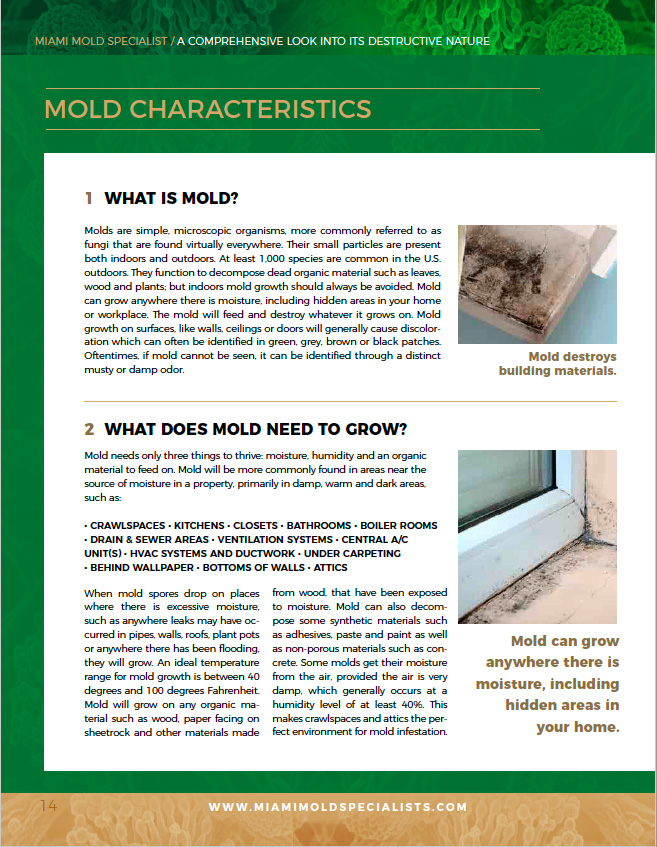
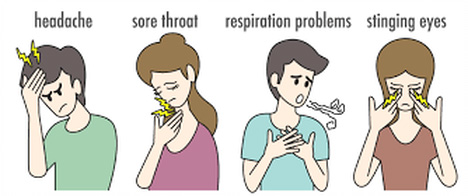
TOP SYMPTOMS ASSOCIATED WITH MOLD RELATED ILLNESS:
- Fatigue and weakness
- Headache, light sensitivity
- Poor memory, difficult word finding
- Difficulty concentrating
- Morning stiffness, joint pain
- Unusual skin sensations, tingling and numbness
- Shortness of breath, sinus congestion or chronic cough
- Appetite swings
- Increased urinary frequency or increased thirst
- Red eyes, blurred vision, sweats, mood swings, sharp pains
- Abdominal pain, diarrhea, bloating
- Tearing, disorientation, metallic taste in mouth
- Static shocks
- Vertigo, feeling lightheaded
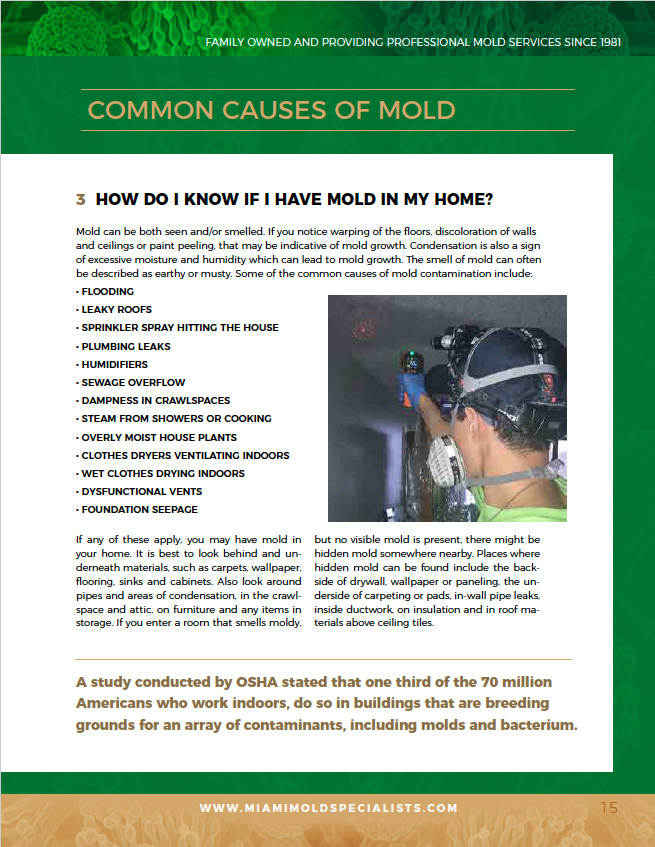
SICK BUILDING SYNDROME:
Sick Building Syndrome (SBS) comprises of various nonspecific symptoms that effect the occupants of a specific building, home, or office. These symptoms increase sickness absenteeism and cause a decrease in productivity.
When a building has SBS the occupants experience acute health or comfort-related effects that seem to be linked directly to the time they spend in the area. The complaints may be localized in a particular room or zone or may be widespread throughout the entire building depending on the size of contamination. The indicators of SBS include but are not limited to headaches, eye, nose and throat irritations, dry cough, dry or itchy skin, dizziness, nausea, difficulty in concentrating, fatigue and sensitivity to odors. In most cases, after exiting the building or area of concern, occupants begin to feel better.
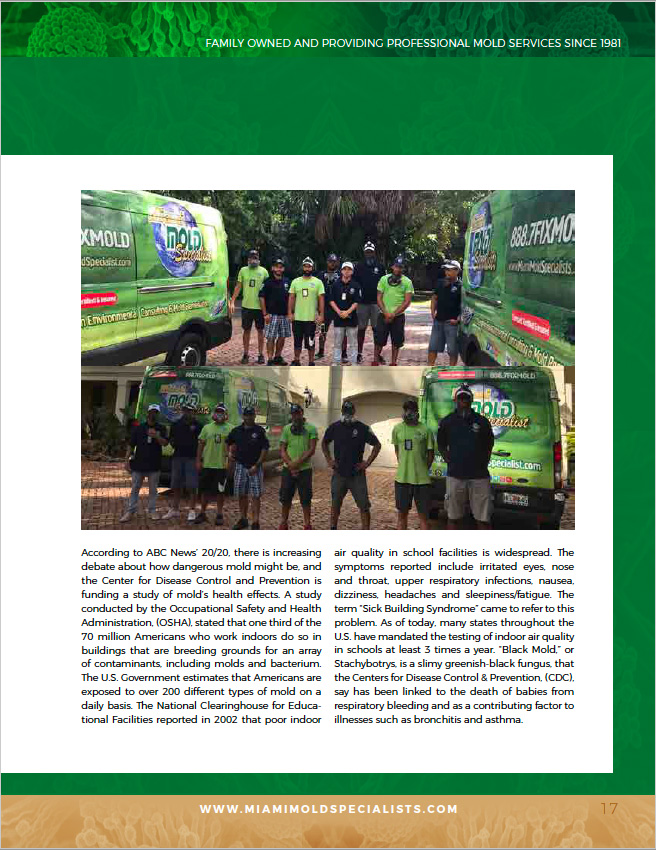
MOLD AND YOUR PETS:
Mold can be found pretty much anywhere pets like to spend time. Once you let your pet outside, mold can be found in decaying food, rotten tree stumps, and in the soil itself. So even in the relative safety of your own backyard, pets aren’t necessarily safe from mold. When you have an air quality problem inside the home, this also affects your pet and cause cause a variety of symptoms.
MOLD RELATED SYMPTOMS:
- Inhaling mold can cause respiratory distress (breathing that takes more effort or occurs more rapidly than normal), nasal discharge, coughing, wheezing, sneezing, lethargy, and sometimes bleeding from the mouth and/or nose.
- The ingestion of mold can lead to gastric symptoms such as decreased appetite, vomiting, and stool changes.
- Signs of an allergy to mold might include excessive scratching, chewing, or licking, which sometimes progresses to the point of fur loss and the development of sores.
